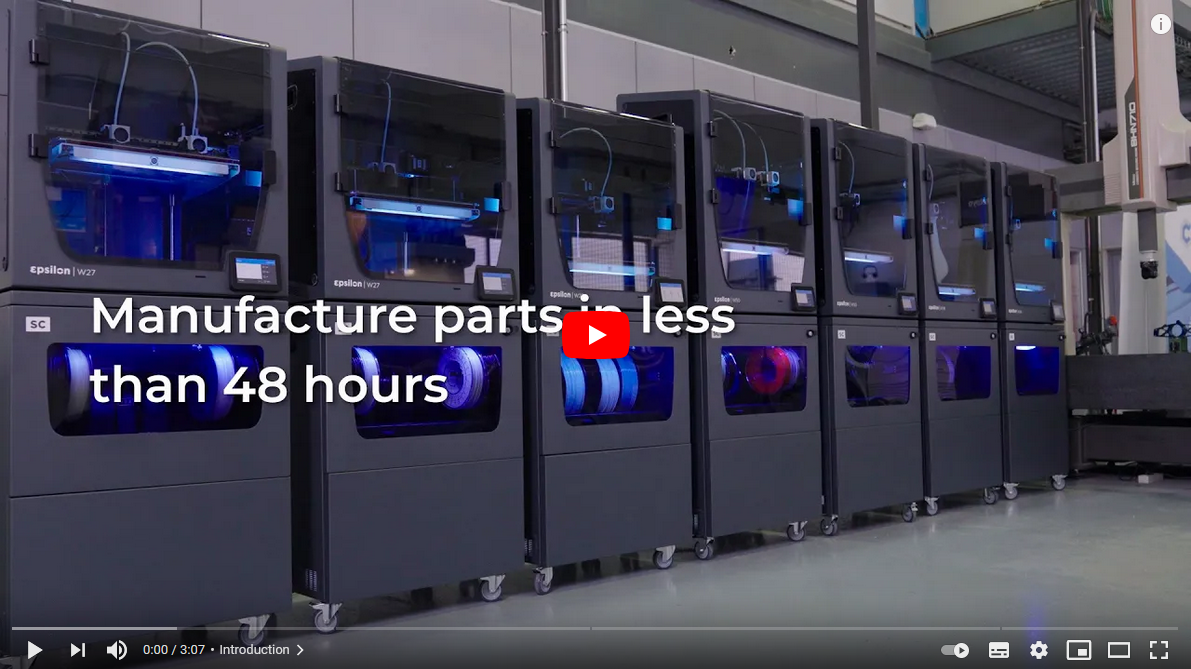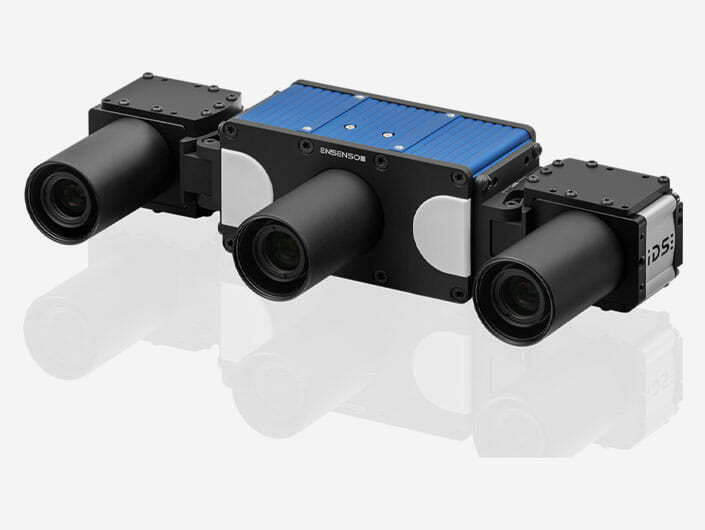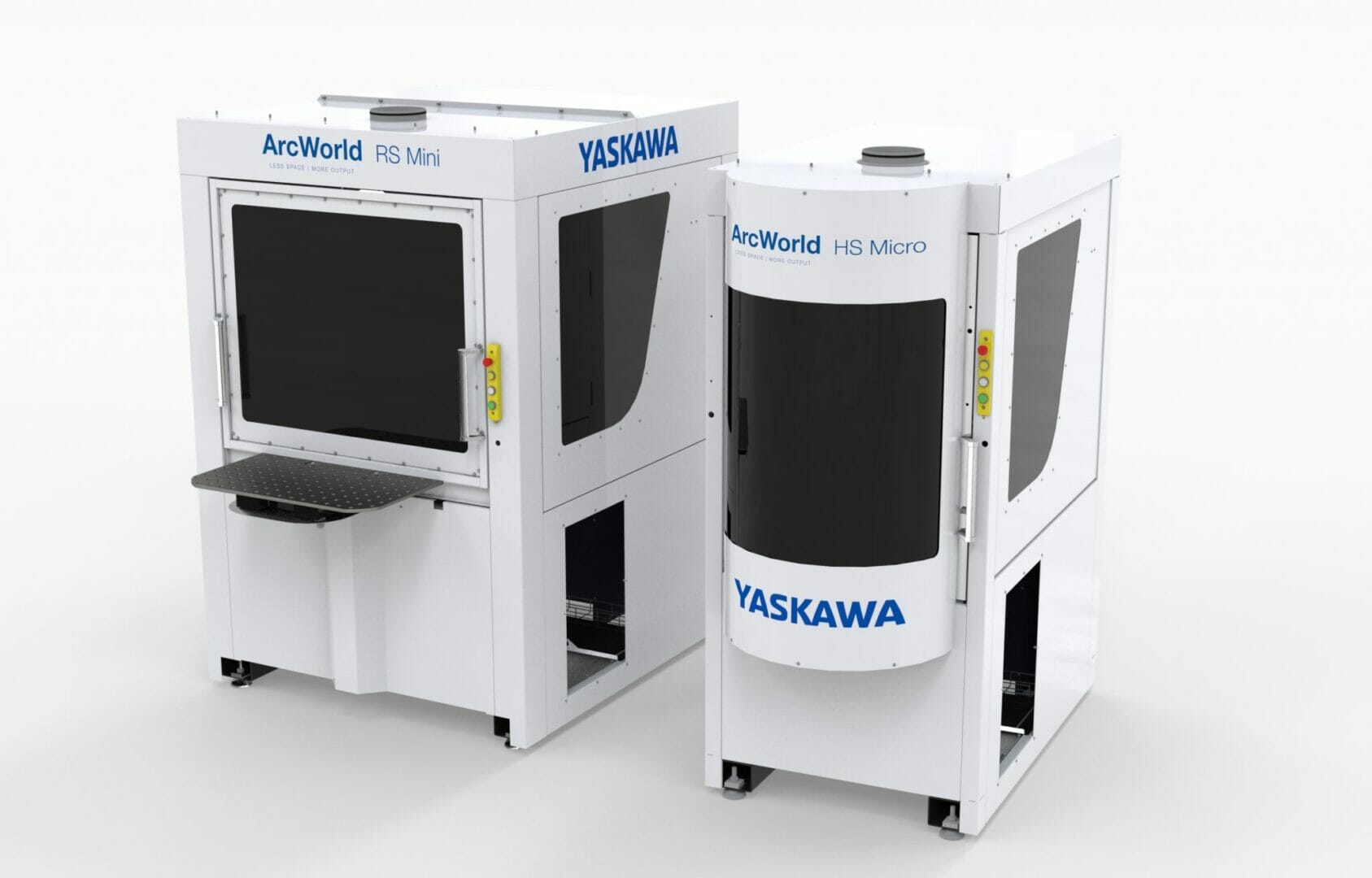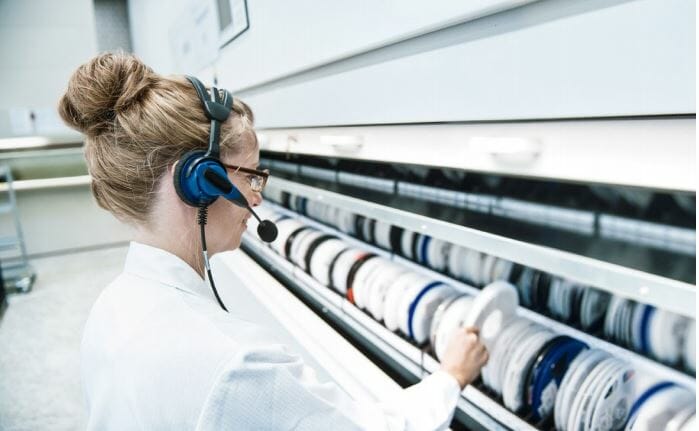- The world-class manufacturer continues to innovate and expand its range of 3D printing solutions for the industrial workbench to help businesses across the globe to innovate.
- With the filament PA, some mechanical properties improve by 20% with the use of the Smart Cabinet.
Storing 3D printing filaments has never been so easy, thanks to the new Smart Cabinet from BCN3D – a world leading developer and manufacturer of integrated 3D desktop solutions.
A revolutionary new solution that has been developed to preserve filament printability, extend its shelf life, reduce aesthetic defects and avoid costly reprints, the BCN3D Smart Cabinet maintains a constant dry environment around stored spools of filament to protect them from sudden external changes.
Bringing a step-change in 3D printing, the Smart Cabinet overcomes the common problem of filament degradation due to humidity, whilst its uninterruptable power supply protects work and minimises the risk of losing a print job because of power outages – all in one easy to use, portable unit.
With a growing number of manufacturers and engineers across many sectors now using 3D printing to make parts or create prototypes, this groundbreaking new development will help them save time and money and enhance the quality of the finished product.
The first machine of its kind to combine a drying unit and a workbench to conveniently store the printer, the Smart Cabinet is a unique alternative to other drying methods that can often damage and degrade 3D printing filaments, such as PA, TPU, PVA, PLA, BVOH, PET-G and ABS. It safeguards the filaments by keeping them fully enclosed and at an optimum level of humidity to greatly reduce the chances of print failure due to excessive water content. With PA, for instance, some mechanical properties improve by 20% with the use of the Smart Cabinet.
Intelligent, reliable and versatile, the BCN3D Smart Cabinet uses smart drying technology to ensure that filaments are consistently kept at optimal humidity levels, guaranteeing the best results in every print job and protecting against print failure and nozzle clogging.
With the new product introductions, in addition to recent investment in the business, BCN3D unlocks a new era in its growth and demonstrates its commitment to providing an innovative and expansive product portfolio, cementing its position as a major player in 3D printing.
The BCN3D Smart Cabinet works on the absorption dryer method, alternating between drying cycles and regeneration cycles to maintain a constant dry environment around the stored spools and protect them from sudden external changes. It controls relative humidity inside the air-tight container through a desiccant – in this case, alumina-based pellets – which are open to the dehumidifying environment.
By isolating the absorption material from the heating chamber and increasing its temperature, the absorbed humidity is released outside of the chamber and the material is regenerated. After the purge, the desiccant has been refreshed and is ready to collect more moisture. The air-tight container and cyclical internal ventilation through the fan, heat, and valves, means there is no user interaction required.
This process effectively keeps the filament dry and in optimal condition for its use and means that there is never a need to change the desiccant.
Eric Pallarés, chief technical officer at BCN3D, says: “To achieve fine, repeatable parts, we need to control the whole printing process, so materials need to be in optimal condition. All materials are sensitive to humidity to a certain degree, but some of them, such as PA, TPU, or BVOH, are particularly affected. For example, in just a few hours on a humid day, a spool of PA can uptake an amount of water that will affect the finished print.
“When customers waste time and money on failed or defective PA print jobs, it’s not down to the printer or the profiles, it’s because of the degradation of the materials. So, to really unlock the potential of additive manufacturing, with technical materials beyond PLA, we needed a solution just like the Smart Cabinet.
“Furthermore, an increase in 3D printer usage means that printing times also extend. In industrial or lab contexts, where power outages or micro-cuts are common, the Smart Cabinet can help to reduce waste and improve efficiency.”
The Smart Cabinet is compatible with the Epsilon W50, the Epsilon W27 and the Sigma D25 3D printers.
Developed to boost efficiency and minimise the impact of downtime, the Smart Cabinet has an Uninterruptable Power Supply (UPS) to protect against power outages that could ruin hours of printing and cost money.
The Smart Cabinet is available in the UK through BCN3D’s UK distributor – 3DGBIRE from today.
For more information, please visit www.bcn3d.com.







